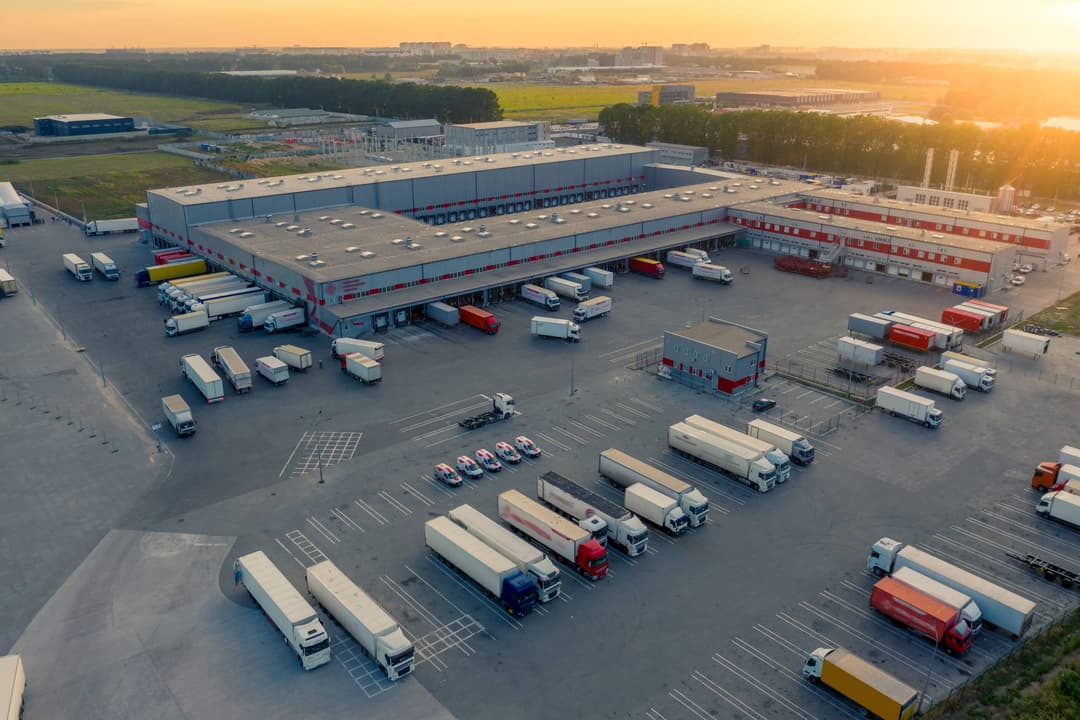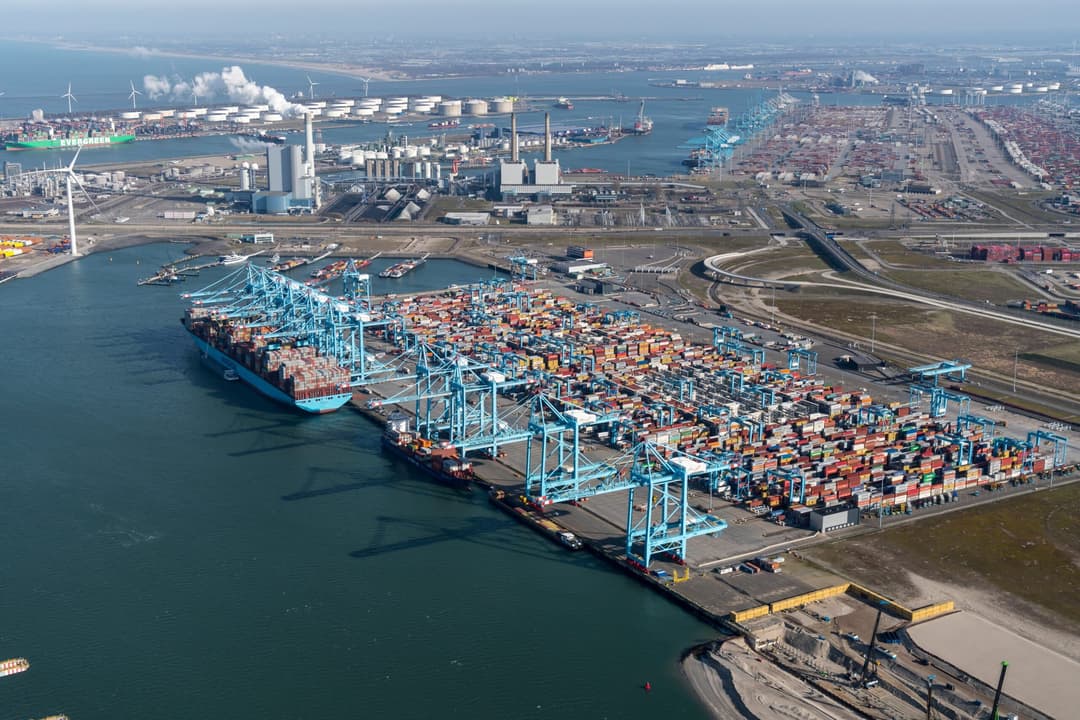Building site delivery profile
How useful would it be if you were able to check the status of material deliveries to building sites on your PC at any time? You will soon be able to, with a fully digital building site delivery profile based on agreements in the BDI. It will allow you to continuously monitor and manage the planning and delivery.
Now a large document (PDF) is often still prepared with all the rules: all suppliers receive this analogue delivery profile. This is a static document, so the risk of errors is quite high, as the layout of a building site and the planning are often subject to change. Sometimes these changes are expected, when the project enters a new building phase, but they can also be unexpected, e.g. if the delivery of certain materials is delayed.
Smooth and clear process
The digital delivery profile is a lot more efficient and is based on the BDI core principles. It ensures that the carrier’s planning software can immediately read and interpret the rules, and that a distributor can load the preferred route via the navigation system. The site supervisor can also modify the profile at any given time if anything changes at the building site, and a contractor can immediately see who will be delivering what and when. View the presentation of the initiator, Topsector Logistics, for more examples and benefits.

These are the benefits of the Building site delivery profile
- You always retrieve reliable, current data ‘from the source’. This ensures that you always have one up-to-date version and that the data owner remains in control, as they can decide who sees which piece of data and when. Planning and delivery are continuously in line with changes at the building site because the supervisor and contractor can constantly report changes online.
- Planning and delivery are in line with municipal regulations and restrictions.
- No constant coming and going of materials, so fewer traffic movements and lower emissions.
- Nuisance for other traffic can be limited.
Interested?
The principle of ‘accessing data at the source after authorisation’ allows the processes to be made manageable much more easily. The basic principle is to allow for what is called a ‘process hierarchy’, in which each party can make decisions on their own and optimise their own work.
This is similar to the difference between a junction with traffic lights and a roundabout. The roundabout is an example of a process hierarchy: drivers interact with each other and make their own situational decisions without hierarchical direction. This infographic shows how a solution like this could work.



